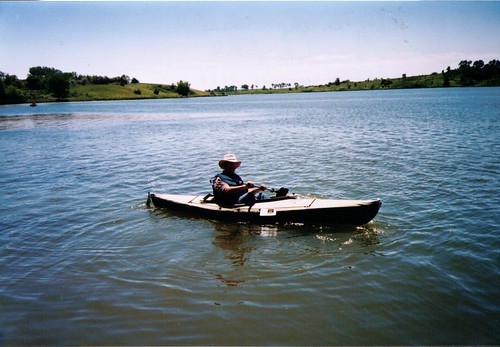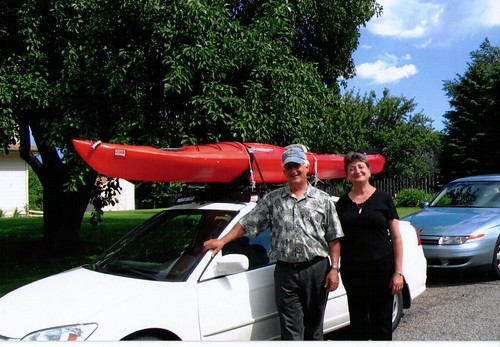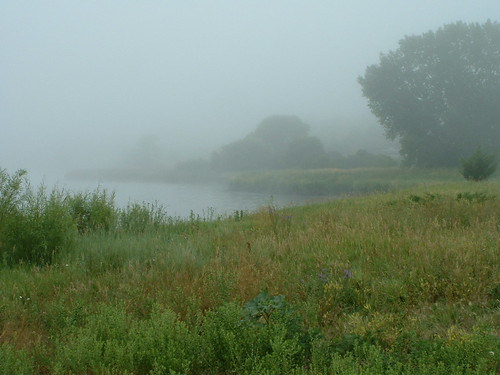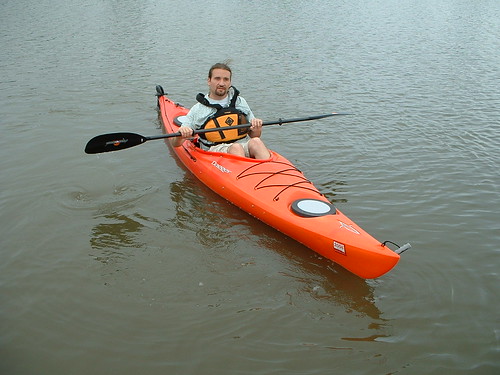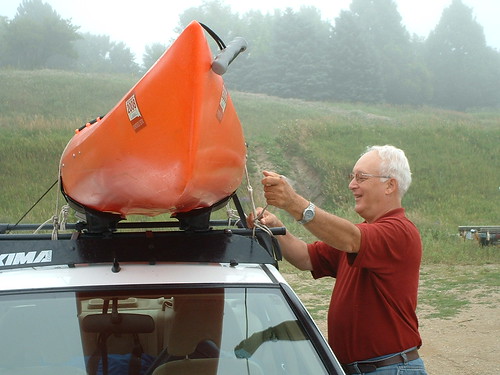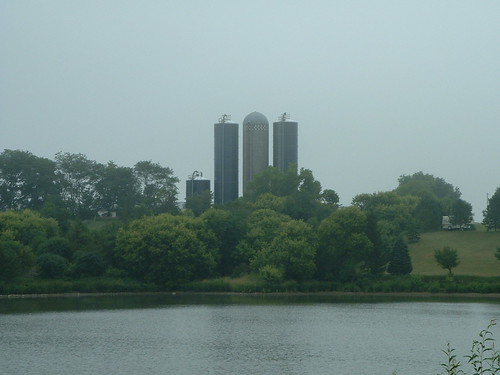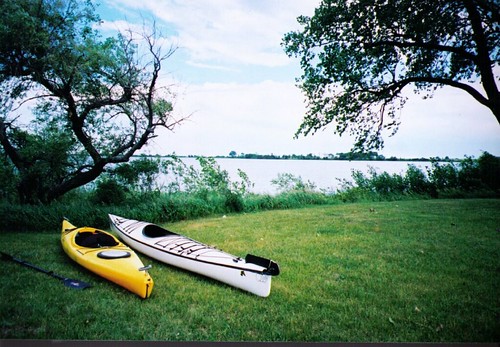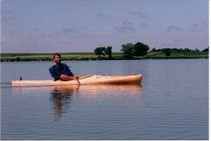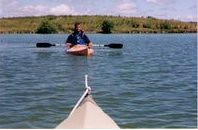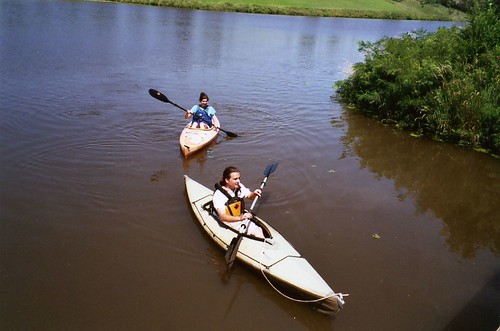Beaver Lake is a fairly large body of water located near Humboldt, SD, about 25 miles east of Sioux Falls. The lake is located just to the north of Interstate 90, and it is accessed by exiting the Interstate at Humboldt, going through the main part of town to the eastern edge of the community, turning south on Ford Street and continuing south past the cemetery to the first gravel road running east (259th Street). The lake is about ¾ of a mile east from the intersection. There is a clearly marked public lake access area on the left with a large graveled parking area, a restroom, and a pier extending into the lake. A water tower located along the Interstate to the south of 259th is a good landmark. The tower nearly marks the public lake access area.
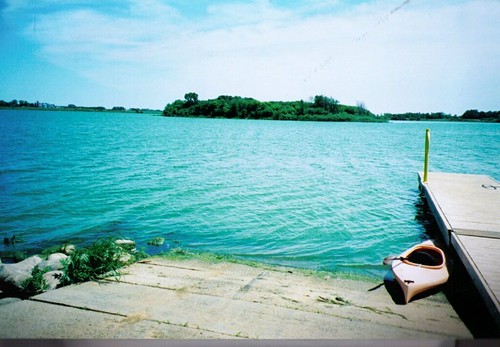
The lake is a large irregularly shaped body of water that is quite wide in places. The southern and western shores are generally wooded, and there is a large island at the eastern end of the lake that is heavily wooded. Because the lake is so open and wide, a wind can easily kick up quite a chop, especially in the center part. Still, like in most of the prairie lakes, there is nearly always a sheltered side on the lake.
Today I took my kayak out on Beaver Lake, and like when I have gone before, there was a stiff wind out of the west. It was easy to launch the kayak from the boat ramp, but I decided to immediately head out around the island located a fair distance offshore from the launching point. As I got out of the shelter of vegetation along the pier, I quickly found myself in waves up to 2 feet high. Still, the allure of the island kept me going until I reached its shore. From there, I found the waters sheltered in the lee of the island and was able to paddle around most of it. I then headed east and found myself in a following sea with the waves chasing me to the shore. Once I was 10 or 15 feet off the shore, it was much easier to kayak, even with the waves continuing to roll in on the beam of the kayak. I saw a few pelicans, but I think that the wind was too strong for them to hang around on the lake; they flew off, and I did not see them again. I continued to follow the shoreline of the lake around the southern end and on to the western part. These waters were quite sheltered, and I did not experience any serious wave action.
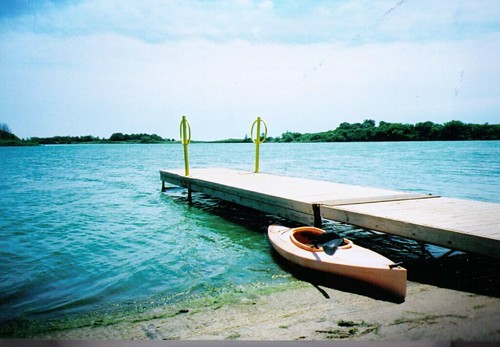
As I approached the western end of the lake, I saw a deer ahead of me eating the tall grass right at the waters edge. Since I was downwind, it is not likely that the deer either heard my paddles or caught my scent. When I came within about 100 feet, the deer started watching me, and when I got to within about 40 feet, he simply turned and strolled off into the tall grass. Soon, a great blue heron flew up from a perch along the shore and passed in front of me. There were plenty of birds in the grasses, reeds, and trees along the shore, including a number of yellow headed blackbirds.
From the western end of the lake, I began a paddle back toward the launching point. This is where the fun – or anxiety – began. Suddenly, I was without any lee from the trees, with the wind whipping up waves that were two and a-half feet in height while I followed the march of these waves over a large open body of water. The waves were breaking on the bow of the kayak, and they were higher than the cockpit of the boat. I was a little apprehensive about broaching the boat in these waves, but I had a fairly long distance to paddle before reaching the lee of the island and the eastern end of the lake. So, I just continued paddling and expecting to make it okay. I was aware that my kayak has no internal flotation, I was alone on the lake, and it would be a long swim if something went wrong. The smart thing to do when the wind is high, especially for people in a recreational kayak, is to stay close to the shore and within the lee of land as much as possible. There is something about an island, however, that seems to draw all of us on. I think that we are just determined to visit the island and kayak around it, regardless of the wind conditions. It would be best to suppress such ambition, however, and play it safer. High waves do not produce such anxiety while moving along the shore. After all, the kayak skirting the shoreline is only 10 to 15 feet out. In the middle of a large open lake, however, it is a little more challenging when a mishap would mean a long swim. My advice is to stick to the shoreline and leave the open water crossings for a calm day. And, of course, it is along the shoreline where we can see land forms, vegetation, and animals native to this environment. There really isn’t a lot to see on an open crossing expect the water itself.
So, Beaver Lake is another good area for the local kayaker. As long as the kayak route is chosen with care, this should be a good paddle. Because of the irregular shape of the lake and the open country, there is a great variety in water and wind conditions. Remember, though, there is rarely anyone else on the lake or in the area, so it is important to be careful and to always wear a life jacket. It also helps to paddle a kayak with internal floatation compartments.
